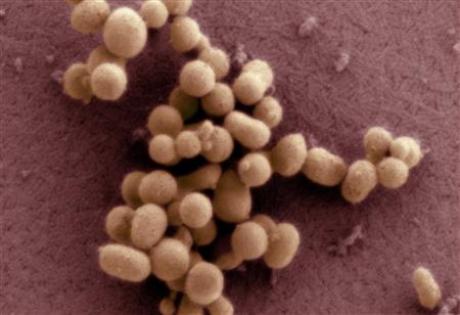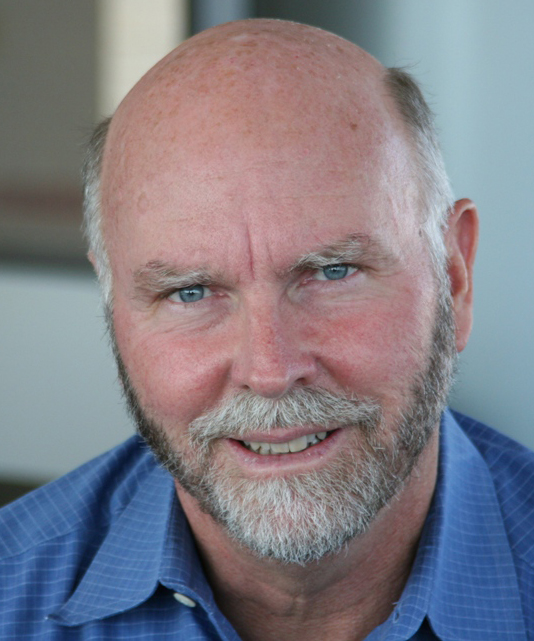Venter's achievement
 Friday, May 28, 2010 at 12:07AM
Friday, May 28, 2010 at 12:07AM 
Pic here FT story.
"We have passed through a critical psychological barrier," says Dr. Craig Venter, after unveiling his achievement--the world's first synthetic cells. It comes after a 15-year effort, this creation of a new bacteria.
An ethics professor at Oxford puts it this way:
Venter is creating open the most profound door in humanity's history. This is a step towards . . . creation of living beings with capacities and natures that could never have naturally evolved.
 Venter's near-term goals include creating algae that can capture CO2 from the air and produce hydrocarbon fuels. He's got a $600m deal with Exxon to this end.
Venter's near-term goals include creating algae that can capture CO2 from the air and produce hydrocarbon fuels. He's got a $600m deal with Exxon to this end.
The bare bones description: Venter creates a synthetic genome, then transfers it into the shell of an existent bacteria that--apparently, had its genome stripped out. The new synthetic genome thereupon booted-up the host cell and took it over.
You have to believe this is a big step toward the possibility of engineering human replacement organs--perhaps to the point of improving them dramatically or creating better babies through chemistry (ever seen the movie "Gattaca"?).
It also portends biowarfare possibilities, of course.
Venter admitted as much by calling the technology "dual-use," a term of art in my community to denote technology that can be used for civilian and military purposes.










Reader Comments (2)
There are certainly implications here for biological weapons development, but we're a long way from that. "Naturally" occuring bio threats (ie diseases) typically follow a sort of rule of pathgenicity. That is, they are either highly pathogenic but lowly contageous, or they are highly contageous but lowly pathogenic. Think Ebola on one end and Influenza on the other: ebola is too good at killing, it kills so fast that it can't spread easily. While influenza on the other hand is a much more "mature" pathogen, in that it has learned to survive long enough to extend its life cycle (via vector transmission) at the price of being less deadly.
So the implication of synthetic biology here is that an organism could be engineered that is both highly pathogenic and highly contageous. However, it could very well be that the very nature of pathogenicity and contageousness make the two extremes mutally imcompatible. So perhaps the contribution of synthetic biology to bio-offense will merely be in the realm of ridiculous experimentation, like when the Soviets tried to splice the genes for cobra venom into an existing pathogen. It's the microbial equivilant of sharkes with fricken laser beams attached to their foreheads, in the humorous words of Dr Evil.
"Venter admitted as much by calling the technology "dual-use,""...
In the security-world, Tom, that's precisely what it means. However, often times researchers use the term to speak towards A) the advancement of theoretical research and B) commercialization of the technology. Somewhat ironic, then, their sense of "dual" usage. Having no context for the "dual-use" quote, it's tough to tell which one he meant.